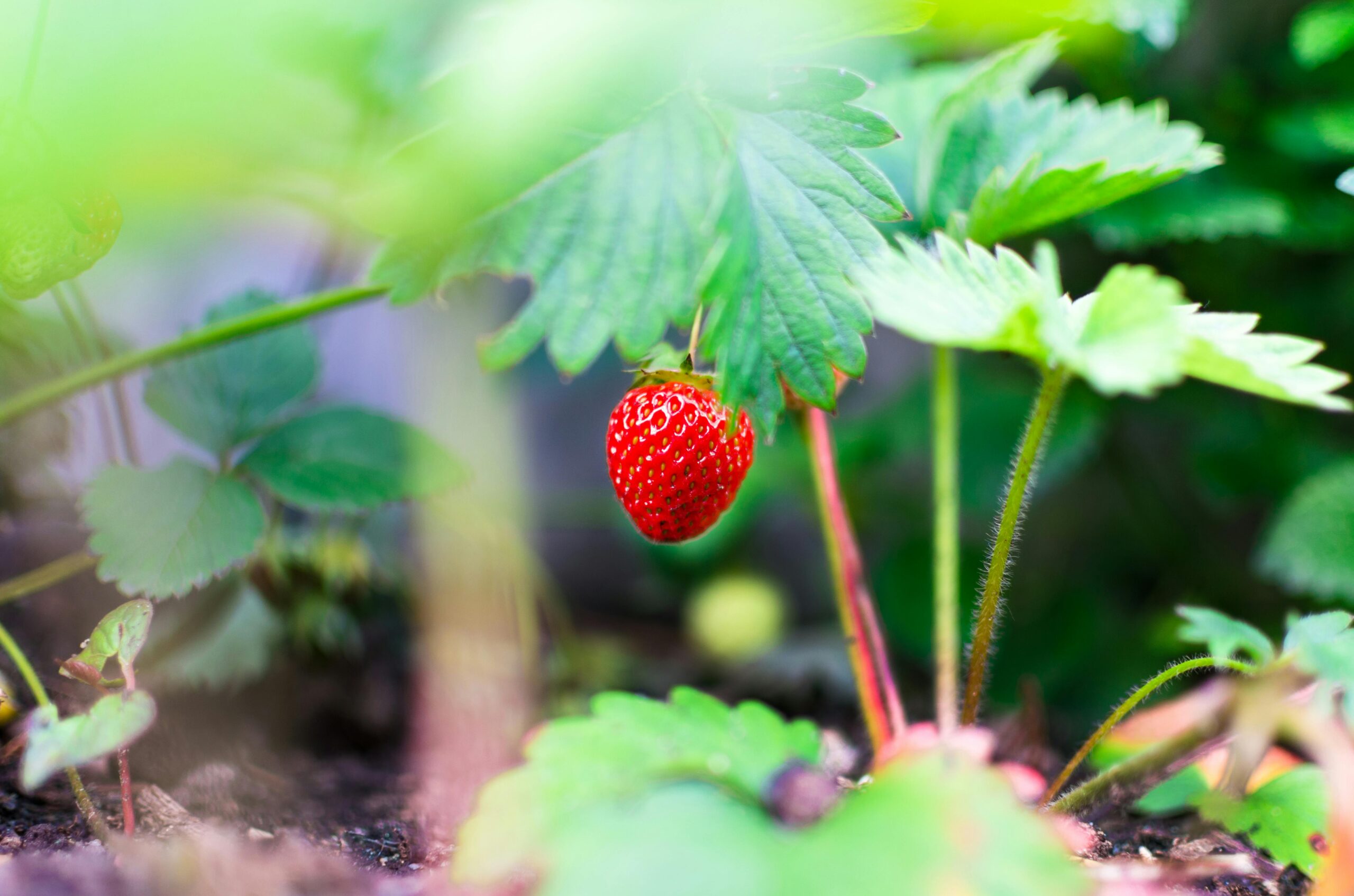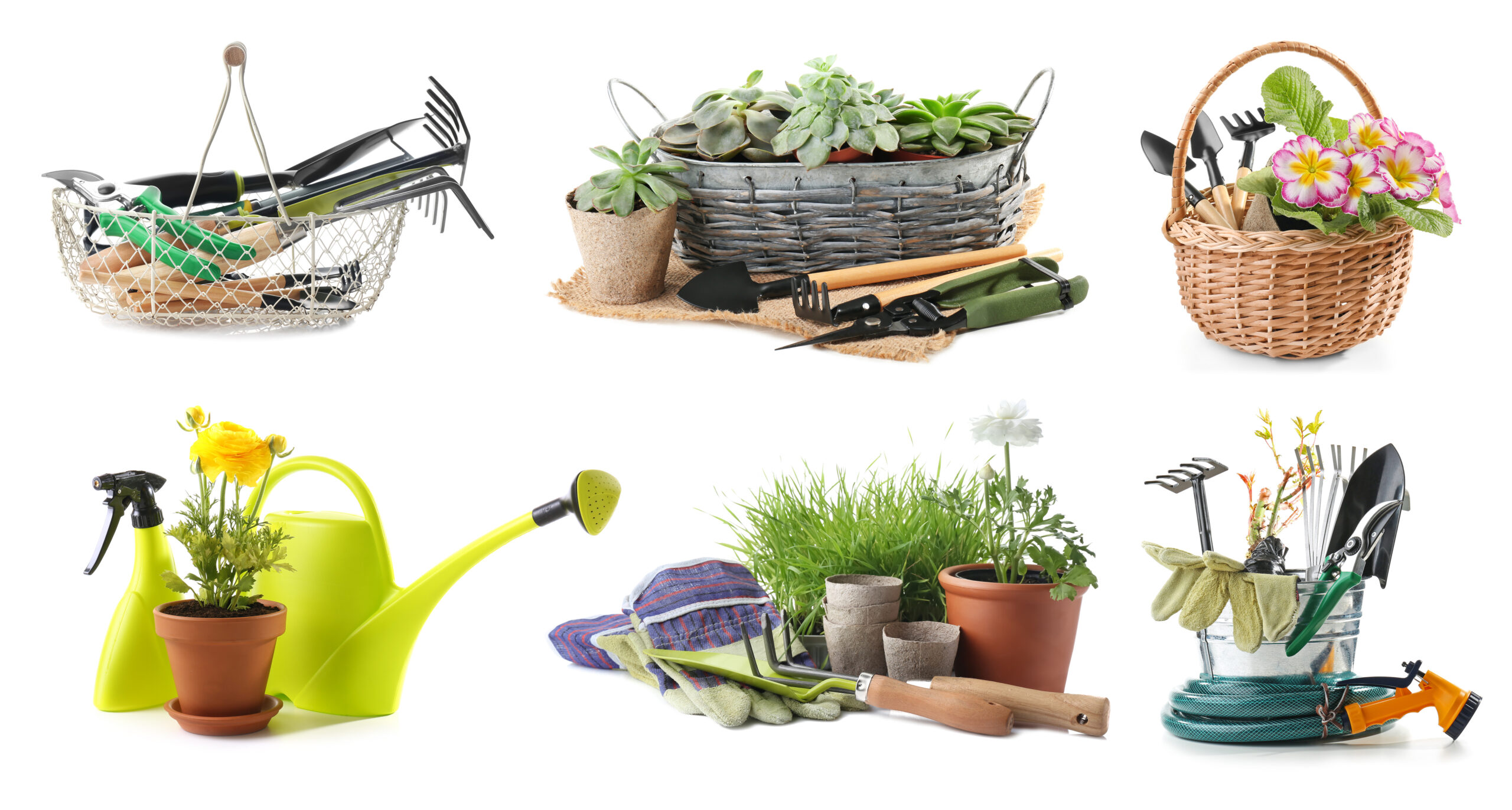
Embracing Organic Pest Management
Organic pest management focuses on using natural, non-chemical methods to control pests, aiming to maintain ecological balance and soil health. This approach often involves preventive measures, biological controls, and physical interventions, prioritizing the garden’s overall health and sustainability. By understanding the life cycles and behaviors of common pests, gardeners can implement targeted strategies that are both effective and environmentally friendly.
Encouraging Beneficial Insects
Many insects play a crucial role in controlling pest populations naturally. Ladybugs, lacewings, and predatory beetles prey on aphids, mites, and other harmful pests. Planting a diversity of flowering plants, especially those with small blossoms like dill, fennel, and alyssum, can attract these beneficial insects to your garden. Creating habitats for them, such as insect hotels or undisturbed mulch areas, further encourages their presence.
Companion Planting for Pest Deterrence
Companion planting involves placing certain plants together to mutually benefit each other, with some combinations known to deter pests. For example, marigolds emit a scent that repels nematodes and tomato hornworms, while basil can help ward off flies and mosquitoes. Understanding which plants work well together not only can reduce pest issues but also can enhance growth and flavor.
Physical Barriers and Traps
Physical barriers, such as row covers or insect netting, can effectively protect plants from a variety of pests. Similarly, traps like yellow sticky traps for aphids and whiteflies or pheromone traps for specific moth species can help monitor and reduce pest populations. These methods provide direct control without harming beneficial insects or the environment.
Diatomaceous Earth and Neem Oil
Diatomaceous earth, a powder made from fossilized algae, can be sprinkled around plants to deter and kill pests with exoskeletons, like slugs and beetles. Neem oil, derived from the neem tree, acts as a natural insecticide and fungicide that disrupts the life cycle of pests without harming beneficial insects when used appropriately. Both products are staples in the organic gardener’s pest control arsenal.
Hand Picking: The Most Direct Method
For larger pests, such as caterpillars, slugs, and beetles, hand picking can be a straightforward and immediate solution. Regularly inspecting plants and manually removing pests can significantly reduce their impact. While time-consuming, this method is completely chemical-free and allows for precise control.
Crop Rotation and Diversity
Rotating crops each year can prevent the buildup of pest populations that specialize in certain plants. Similarly, planting a diverse range of species can make it harder for pests to spread throughout the garden. Diversity also promotes a healthy ecosystem that can withstand pest pressures more effectively.
Maintaining Healthy Plants
Healthy plants are less susceptible to pest infestations. Proper watering, fertilization, and spacing to ensure good air circulation all contribute to plant vigor. A healthy garden is more resilient, better able to recover from pest damage, and less attractive to pests in the first place.
Ongoing Observation and Adaptation
Effective organic pest control requires regular monitoring of the garden and a willingness to adapt strategies as needed. Keeping a garden journal to track pest occurrences, control methods used, and their effectiveness can help refine your approach over time. Education on organic pest control techniques and staying informed about new research and methods can further enhance your garden’s health and productivity.
Organic pest control emphasizes natural balance, careful observation, and environmentally friendly interventions to manage pests. By adopting these practices, gardeners can protect their plants from damage while supporting the health of the garden ecosystem and the wider environment.



